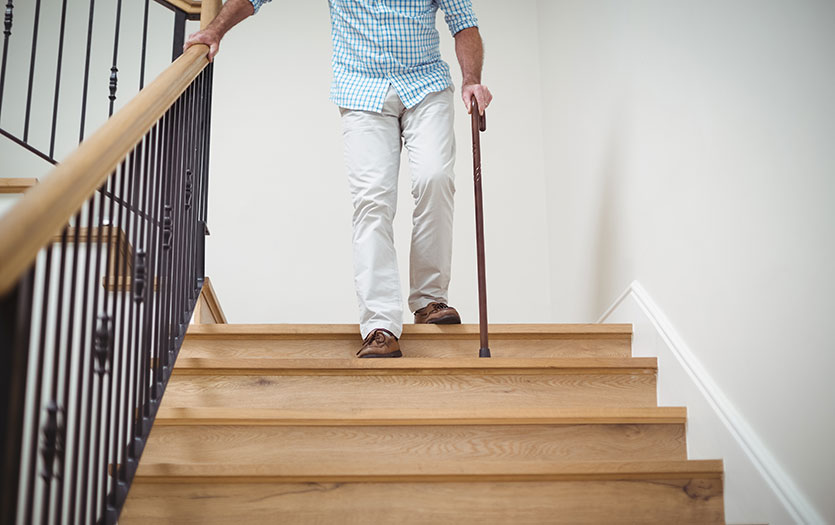
In honor of National Burn Awareness Week, we caught up with Denise Klausner, safety coordinator, Parkview Health. Join us as she shares important information regarding different types of burns and valuable safety tips for protecting yourself and reducing your risk of injury.
Every year, the American Burn Association brings attention to burn injuries resulting in over 40,000 hospitalizations. While a large majority of these burns occur in the home, workplace burns are a preventable source of injury, too. But with the proper awareness, hazard prevention, and protection, you can dramatically lessen your risk of getting burned.
Burn Severity
The severity of a burn injury depends on the depth and extent of damage done to the skin. Let’s take a closer look at the four levels of severity:
- First-degree: These burns cause minimal skin damage and are superficial since they only affect the top layer of the skin.
- Second-degree: The damage from this type of burn extends beyond the top layer of skin and can often cause blisters to form or become extremely red and sore.
- Third-degree: These types of burns destroy both the epidermis and dermis layers and can even destroy tissue underneath. These burns often appear white or charred.
- Fourth-degree: With burns like this, all layers of skin are affected, and there is potential for damage to muscle, tendons and bone.
Types of burns
Many types of burns could cause damage to your skin. Let’s delve into the four most commonly encountered burns at work and home:
- Chemical Burns: These types of burns happen when the skin or eyes encounter strong acids, alkaloids, or other corrosive materials that can eat away or burn the skin and deep tissue. Accidents can occur after exposure to industrial cleaners, rust removers, drain cleaners, gasoline, or chemicals used in a lab or building maintenance. One of the best ways to prevent chemical burns is to ensure everyone utilizing or around these materials is well-versed in Hazard Communication Standards. These labels will help communicate the level of risk and include essential information and steps people can take to prevent burns when in contact with them.
- Thermal Burns: These burns occur when you come in contact with scalding liquids, open flames, hot objects, heating elements, and in rare cases, explosions. Thermal burns can be prevented by following equipment instructions, avoiding contact with hot surfaces, wearing Personal Protective Equipment (PPE), using fire prevention tactics, and adhering to procedures and emergency action plans related to fire detection and protection.
- Sun Exposure Burns: Some of these burns could be considered thermal burns, but sun exposure burns are worthy of special consideration. Anyone working or playing in the sun for an extended period should be aware of the safety practices that will reduce their risk of injury and help them stay healthy. Some precautions to prevent sun exposure burns can include reducing the time you are under harsh direct sunlight, seeking shade when possible, and wearing sun-protective work clothing and/or sunscreen.
- Electrical Burns: An electrical current can travel through the body resulting in heat burn injuries when it meets resistance with skin tissue. To avoid burns from electrical sources when at work, make sure you know about all areas with high-voltage or live wires and wear PPE when necessary. Additionally, whether at home or work, everyone should avoid contact with water if and when utilizing various forms of electricity.
When to seek help
If you have sustained a burn injury, it would be wise to seek immediate medical attention if the burn covers a substantial area of skin, the pain is uncontrollable at home, or the blister is larger than 2 inches with white or charred skin.



